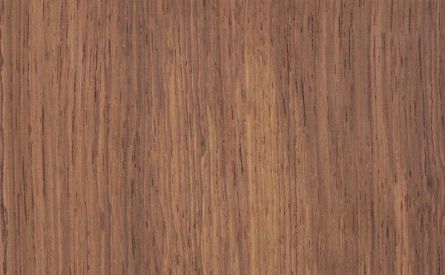HONDURAN ROSEWOOD
Rosul / Dalbergia stevensonii

Local Tree
Distribution & Tree
Wood Appearance
Processing Properties
Strength & Durability
Wood Uses
Ecological & Social Importance
Rosul has similarities to granadillo (Dalbergia tucurensis), but is significantly denser (930–1,170 kg/cm3 versus 650–820 kg/cm3). Rosul is medium to dark pinkish brown with dark streaks whereas granadillo is yellow brown to brown sometimes with dark streaks. Rosul is on the CITES appendix II and granadillo CITES appendix III.
| Reference Species | ||||
| Technical Characteristics | Honduran Rosewood | Ipe | Hickory (Shagbark) | |
| Density | kg/m3 | 1,025 | 945 | 800 |
| Janka Hardness | kgf | 997 | 1,515 | 853 |
| Bending Stiffness (Modulus of Elasticity) | GPa | 22.0 | 22.1 | 14.9 |
| Bending Strength (Modulus of Rupture) | MPa | NA | 177.0 | 139.3 |
| Crushing Strength | MPa | NA | 93.8 | 63.5 |
| Shrinkage, Radial | % | NA | 5.9% | 7.0% |
| Shrinkage, Tangential | % | NA | 7.2% | 10.5% |
| Shrinkage, Volumetric | % | 9.0% | 12.4% | 16.7% |
| T/R Ratio | 2.5 | 1.2 | 1.5 | |
| Values determined at 12% humidity | ||||
|---|---|---|---|---|
DENSITY
JANKA HARDNESS
BENDING STIFFNESS
BENDING STRENGTH
CRUSHING STRENGTH
SHRINKAGE
Values are for reference only and cannot be guaranteed. Wood is a natural material and physical and mechanical properties may vary depending on age, genetics, and other factors. We encourage customers to consult the references provided in the bibliography. For further explanations of wood’s key technical characteristics, an excellent resource is the Wood Database with articles on Density (average dried weight); Janka hardness; Elastic Modulus; Rupture Modulus; Crushing Strength; Radial, Tangential and Volumetric Shrinkage.






